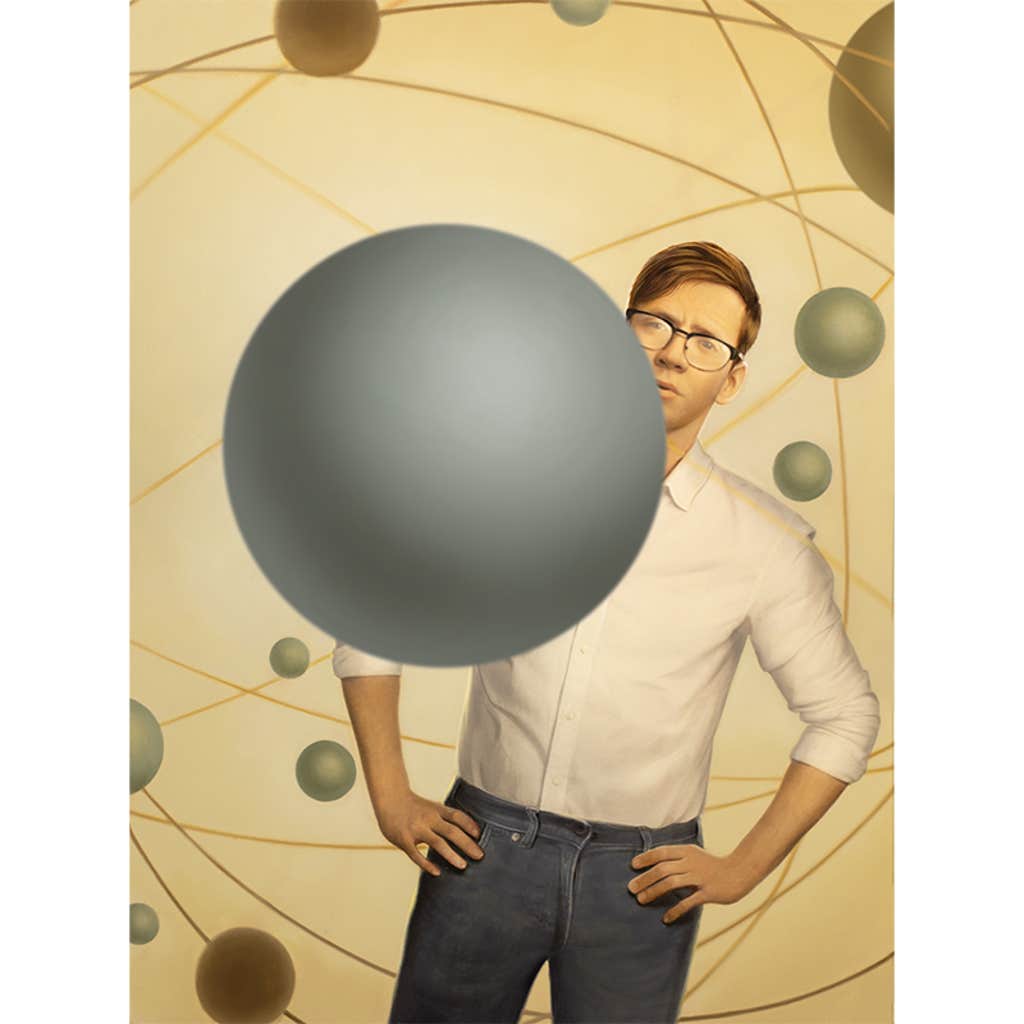his past spring on my way to the Santa Fe Institute, home to polymath thinkers and thinking, tucked into the foothills of the Sangre de Cristo mountains, I thought of writer Don DeLillo. I was bound for a conference called “Investigating Reality” that would feature talks by renowned physicists, mathematicians, philosophers, computer scientists, and artists. A scene from DeLillo’s novel came to mind because it captures for me what reality has felt like for so long.
The characters Jack and Murray take a drive in the country to a tourist attraction. Both are popular culture professors. As they near the attraction, they see road signs for it: THE MOST PHOTOGRAPHED BARN IN AMERICA.

They stand in a grove of trees and watch the tourists click their cameras at the barn. Nearby a booth sells postcards of the barn. After a prolonged silence, Murray says, “No one sees the barn.
Once you’ve seen the signs about the barn, it becomes impossible to see the barn.” He pauses. “They are taking pictures of taking pictures.
” The barn has been replaced by the representation of it. “We see only what the others see,” Murray says. “We’ve agreed to be part of a collective perception.
” DeLillo published in 1985, years before the omnipresence of cellphone cameras and Instagram. Today his prophecy is complete. (Hey, Nobel Prize committee, what’s taking so long?) The Grand Canyon, , the Eiffel Tower, have been vanquished from the public mind as real objects.
Only the selfie taken at them is real. It’s incredible how the mediated world has uprooted us from feeling meaningfully connected to the physical world and one another. Our consciousness seems afloat in a world of empty images and symbols.
How do we get back to seeing the barn again? A mission of the Santa Fe Institute has been to reveal the infinite dimensionality of reality, and even more, interconnections. Its conference on reality—the inspiration for The Reality Issue of —was a roundtable of ideas that penetrated the surfaces of reality to reveal essences and connections beneath. Reality means many things.
We live with social, political, and economic realities. The reality of families and health. The focus in this issue is on the science and scientists whose aim is to illuminate the threads that make up the very fabric of physical reality—but not to the exclusion of the realities around us.
Their interplay is always on view. “At every scale, life is an ecology,” writes Blaise Agüera y Arcas in his essay in this issue, “ .” Piercing the surface of “collective perception,” as DeLillo would have it, unites the articles in The Reality Issue.
Starting today, we will roll out the articles for the next three weeks. Among others, you will read the confessions of a , meet an acclaimed composer who brings his music alive in the darkest realities, and on his search for God in the Italian Alps. You will meet psychedelic drug users convinced their trips tap a universal reality not explained by neuroscience and read how the physics experiments that have led to the discovery of black holes are like magical realism.
Insights into interconnections abound, like this gem from math journalist Ananyo Bhattacharya: “the experience of mathematical beauty excites the same parts of the brain as beautiful music, art, or poetry.” A goal of writing and science is to peel back illusion and reveal the world anew. This issue of brings you reality as you’ve never seen it before.
Cutting-edge science, unraveled by the very brightest living thinkers..



















